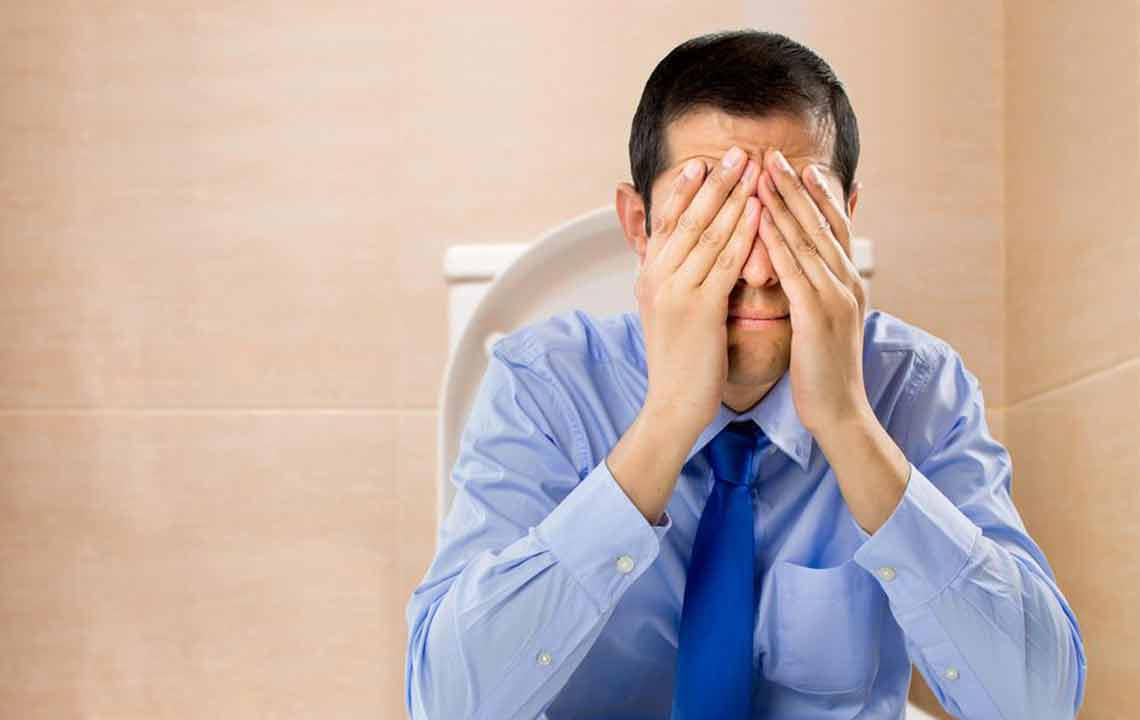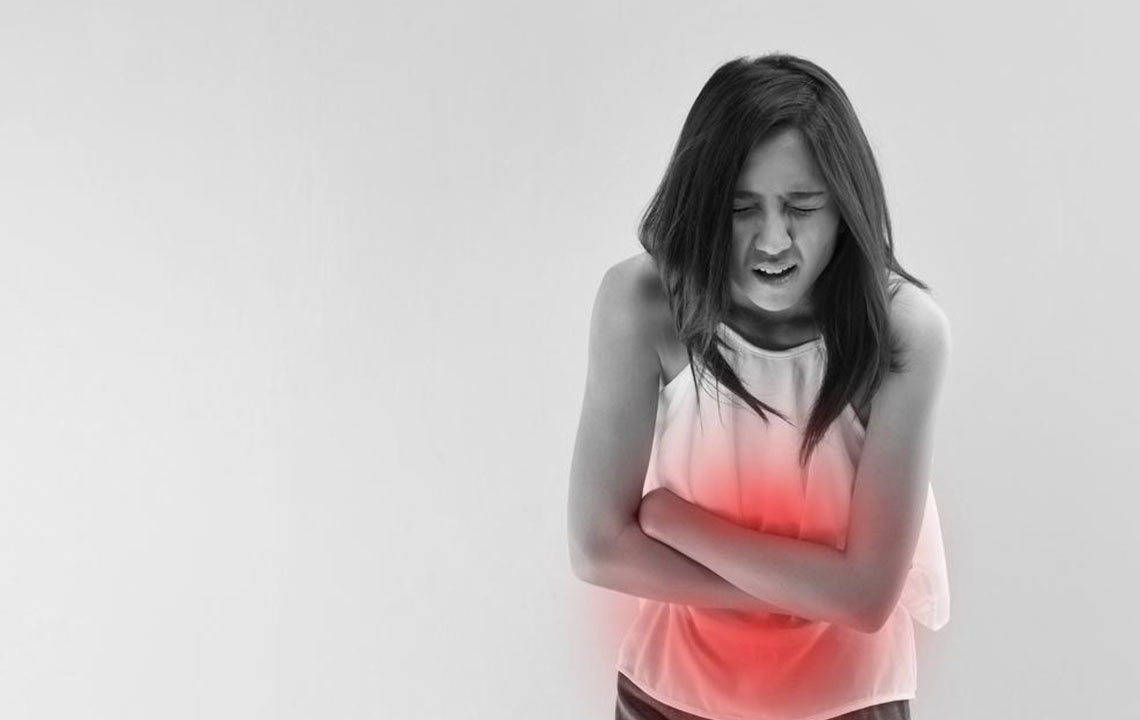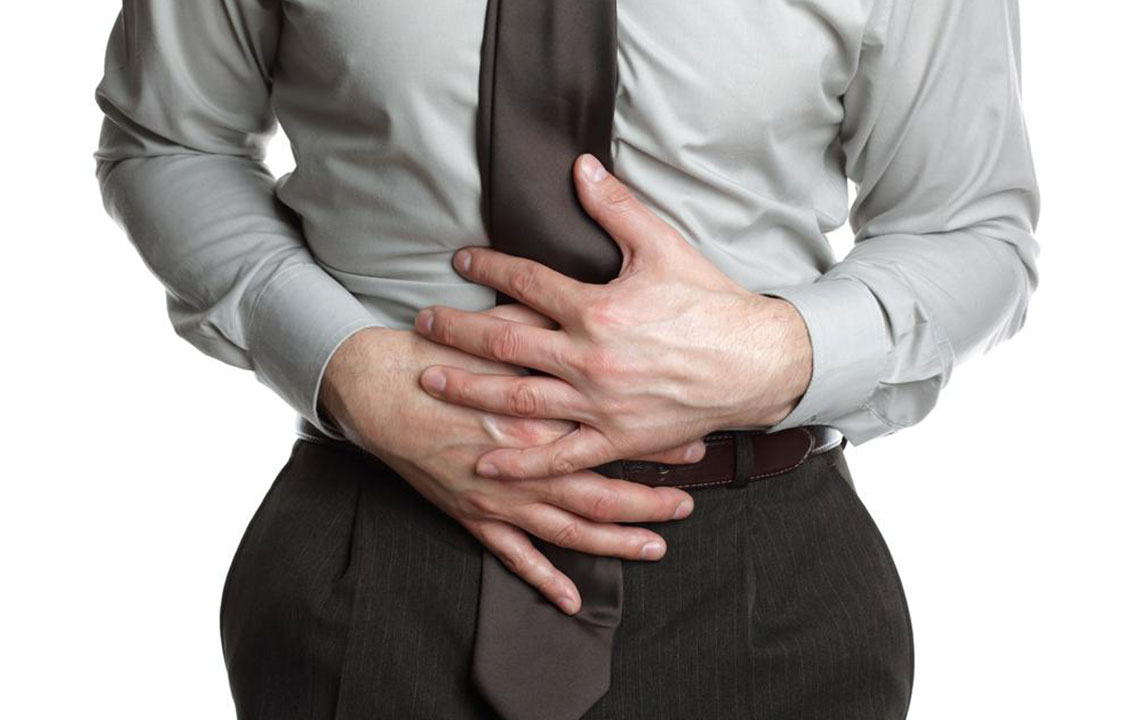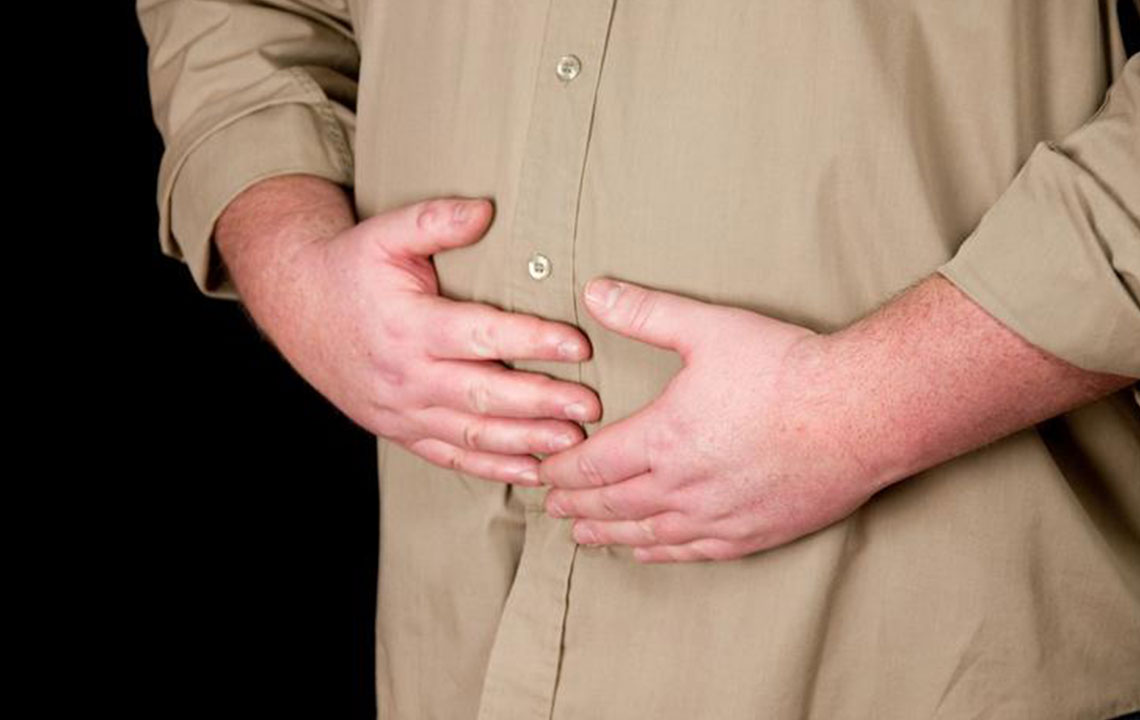Comprehensive Guide to Internal Hemorrhoids: Symptoms, Causes, and Effective Prevention Strategies
Discover comprehensive insights into internal hemorrhoids, including their symptoms, causes, and effective prevention methods. Learn how lifestyle habits like diet, hydration, and activity levels influence the development of internal hemorrhoids and find out practical tips to prevent and manage this common condition. Early recognition and lifestyle adjustments are key to avoiding complications and maintaining rectal health. This guide provides all necessary information to understand internal hemorrhoids and take proactive steps towards prevention and relief.

Recognizing the Warning Signs of Internal Hemorrhoids
Internal hemorrhoids, commonly referred to as internal piles, are swollen blood vessels that develop inside the rectum, often remaining unnoticed for extended periods. Unlike external hemorrhoids, which are visible and often painful, internal hemorrhoids usually do not cause discomfort until they prolapse or bleed. Recognizing the early symptoms is crucial for timely management and to prevent complications. The most prevalent indicator of internal hemorrhoids is painless bleeding during bowel movements, typically appearing as bright red blood on stool surfaces or toilet paper. Some individuals may experience a sensation of rectal fullness or pressure, especially after bowel movements, and may notice mucus discharge that causes irritation around the anal area.
Understanding the underlying causes of internal hemorrhoids can guide effective prevention. Factors such as genetic predisposition play a role, but lifestyle choices significantly influence their development. Chronic constipation and straining during bowel movements increase pressure on rectal vessels, promoting hemorrhoid formation. Obesity adds extra stress to rectal veins, and pregnancy causes increased pressure due to the growing uterus. Prolonged sitting, especially on toilet seats, and heavy physical exertion or lifting can exacerbate the condition. To mitigate risks, adopting a dietary and lifestyle approach is essential.
A balanced diet rich in fiber, including fruits, vegetables, and whole grains, promotes healthy bowel movements and reduces straining. Adequate hydration is equally important in softening stool and easing passage. Regular physical activity enhances circulation and bowel motility, reducing pressure on rectal veins. Additionally, avoiding prolonged sitting periods and heavy lifting without support can prevent episodes. If symptoms occur, early interventions like sitz baths, topical medications, and lifestyle modifications can provide relief. Persistent symptoms or significant bleeding warrant medical evaluation to exclude other serious conditions like colorectal cancer or anal fissures.





